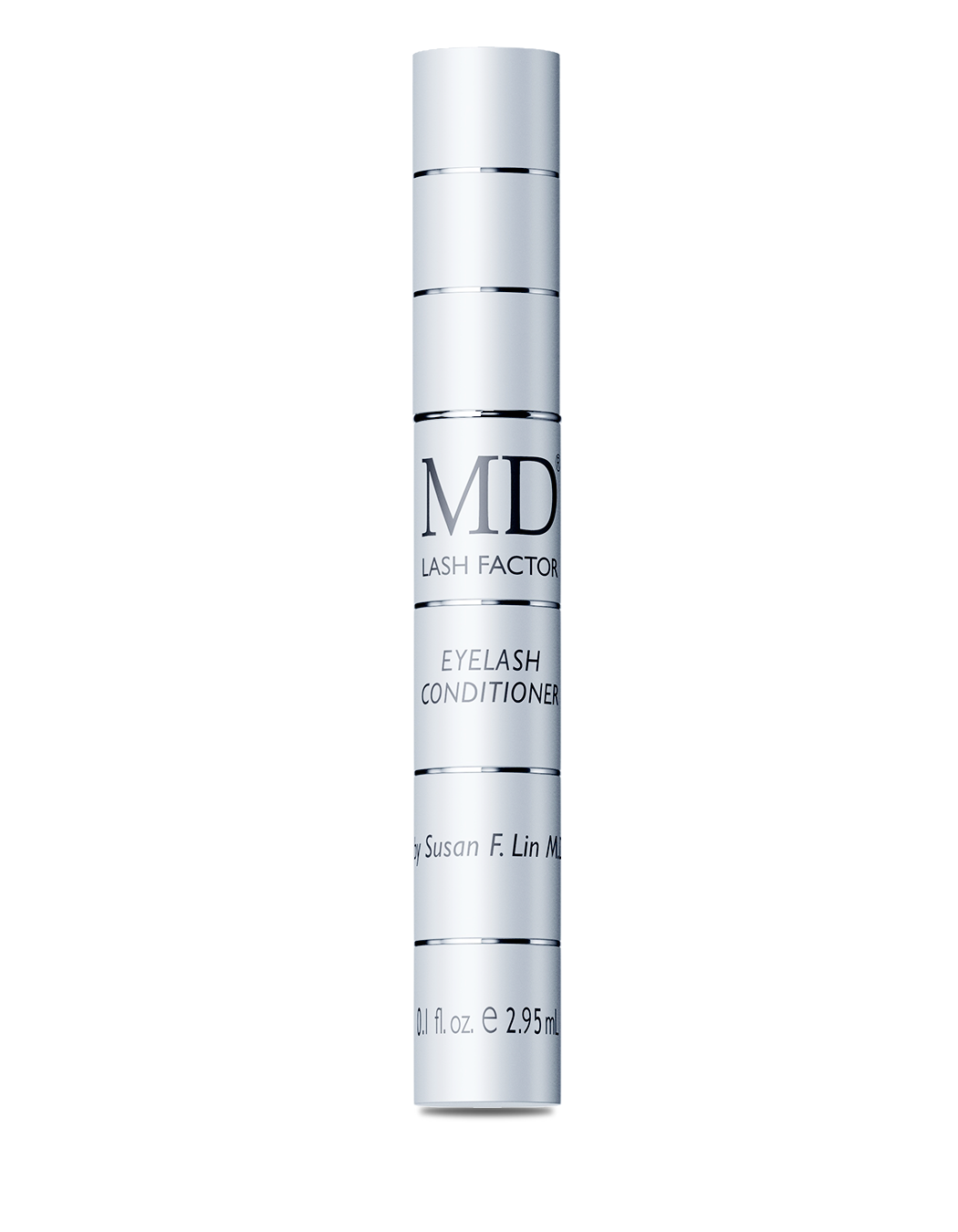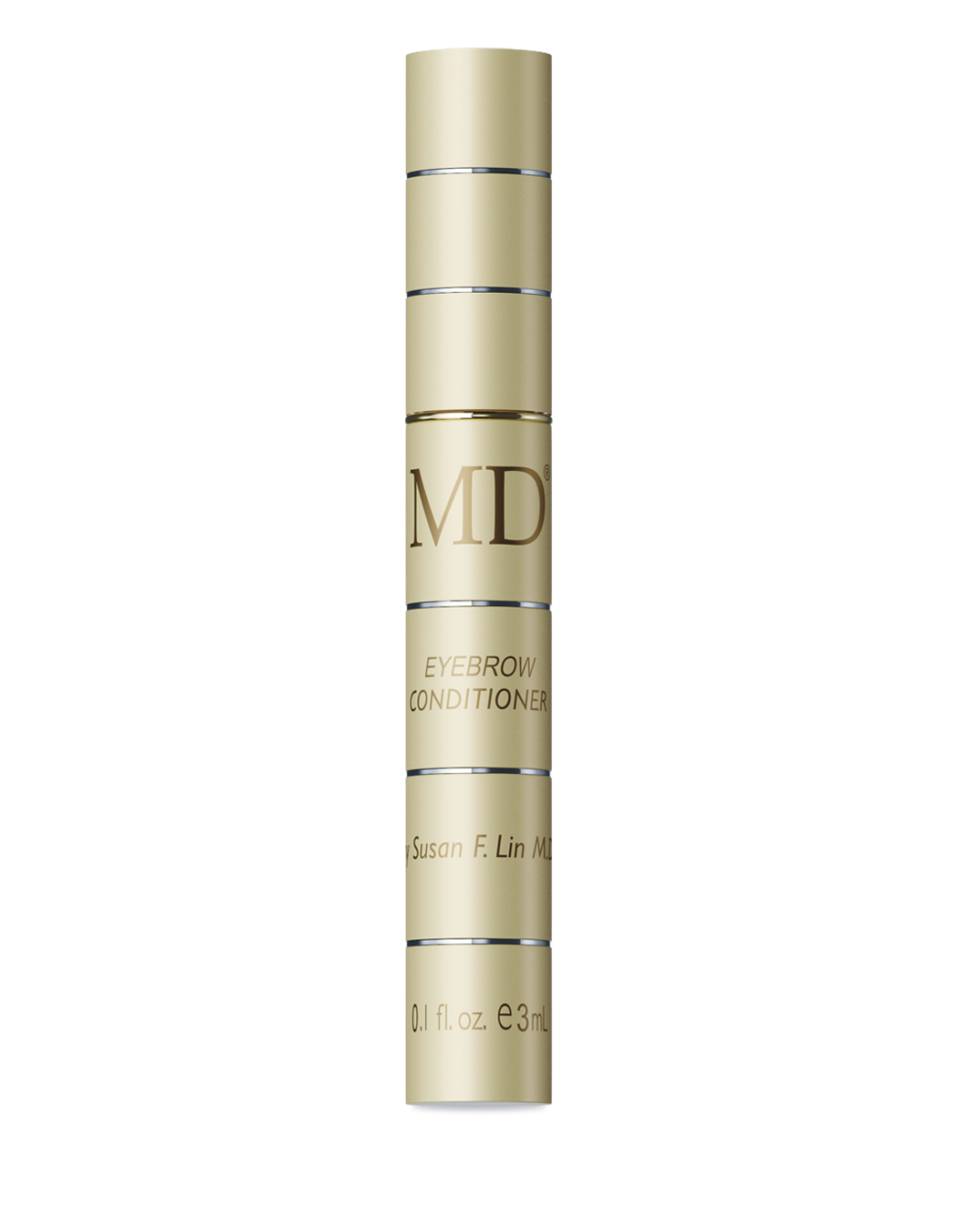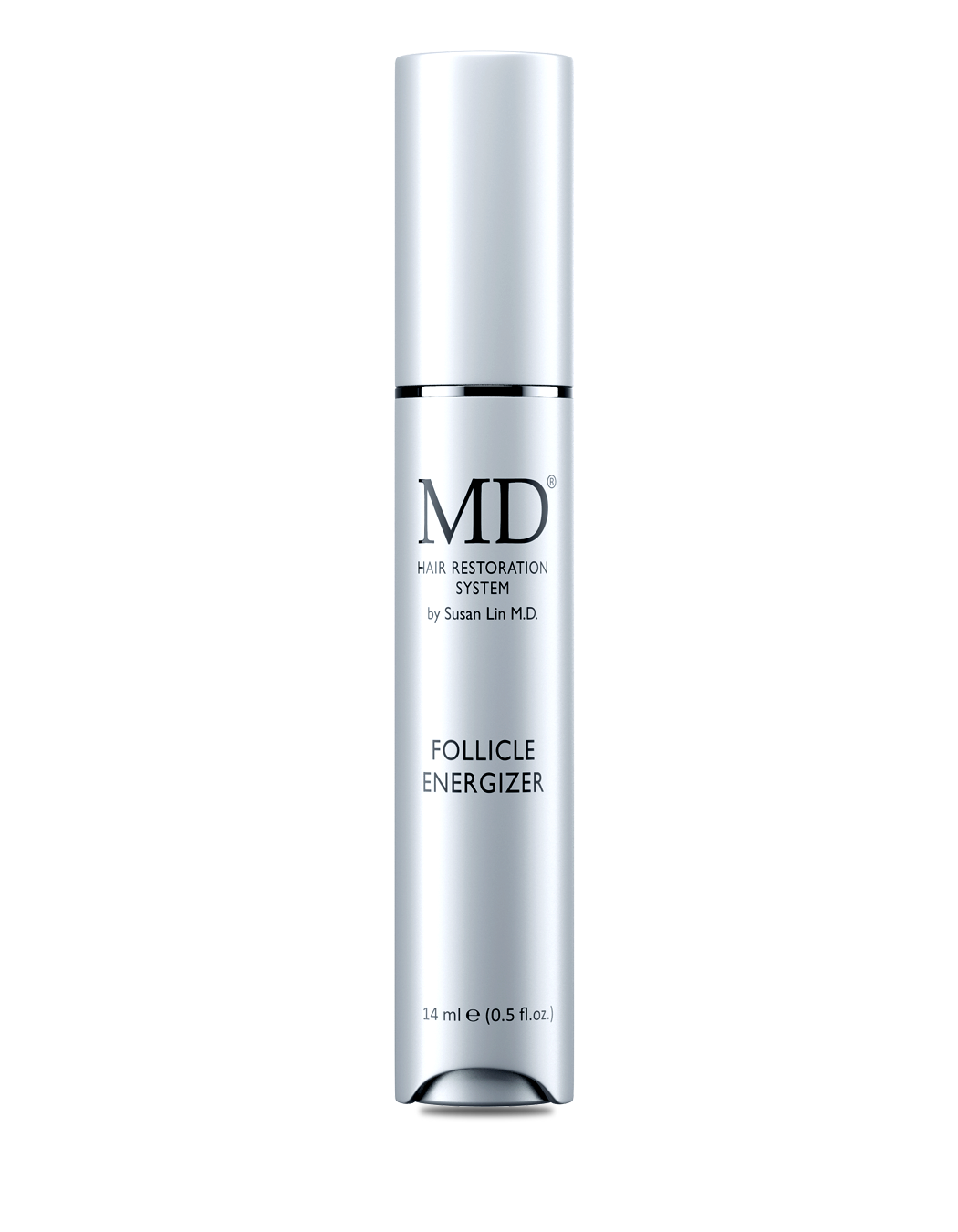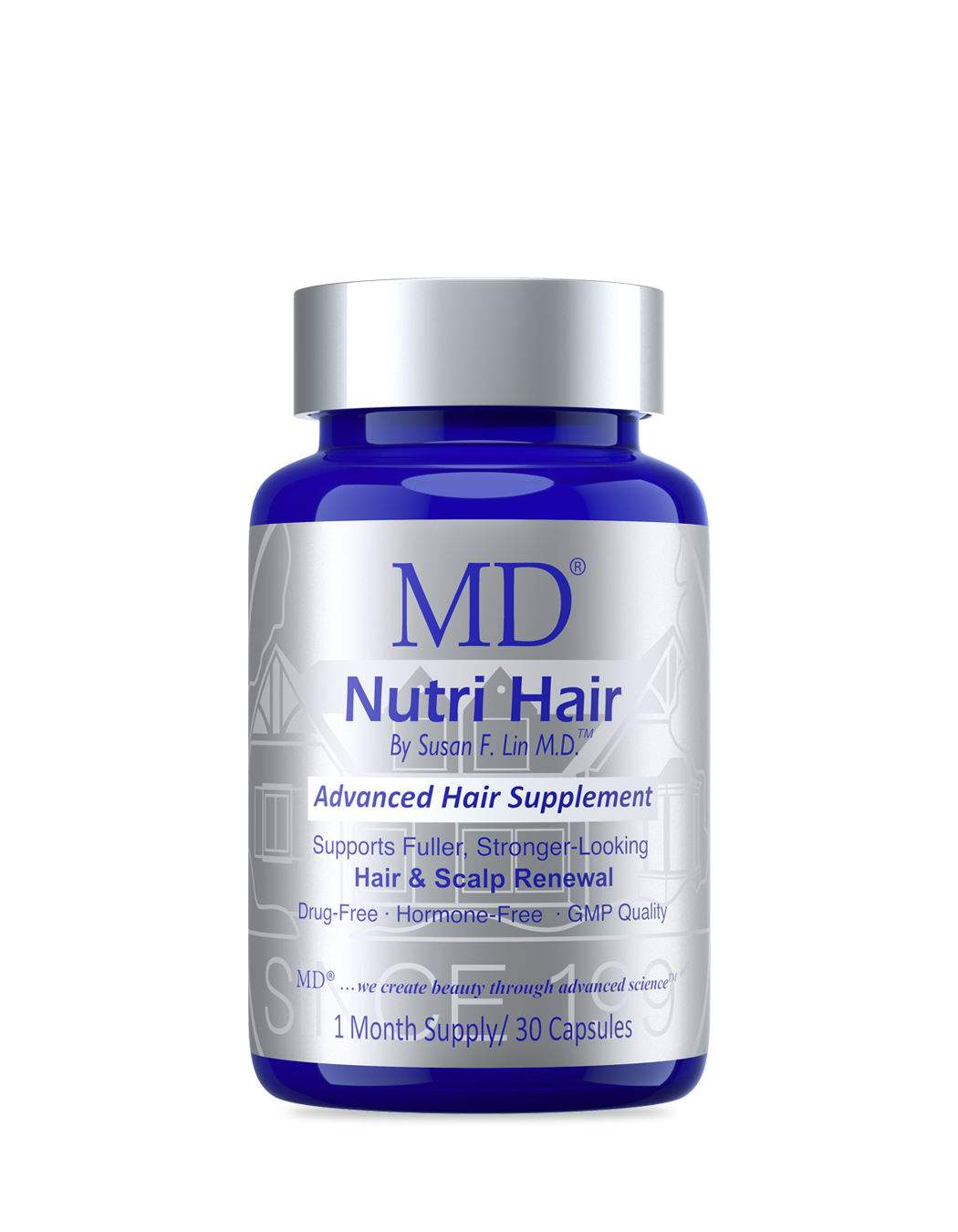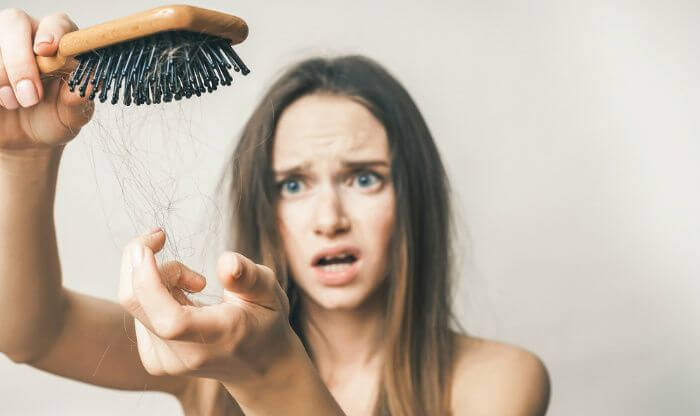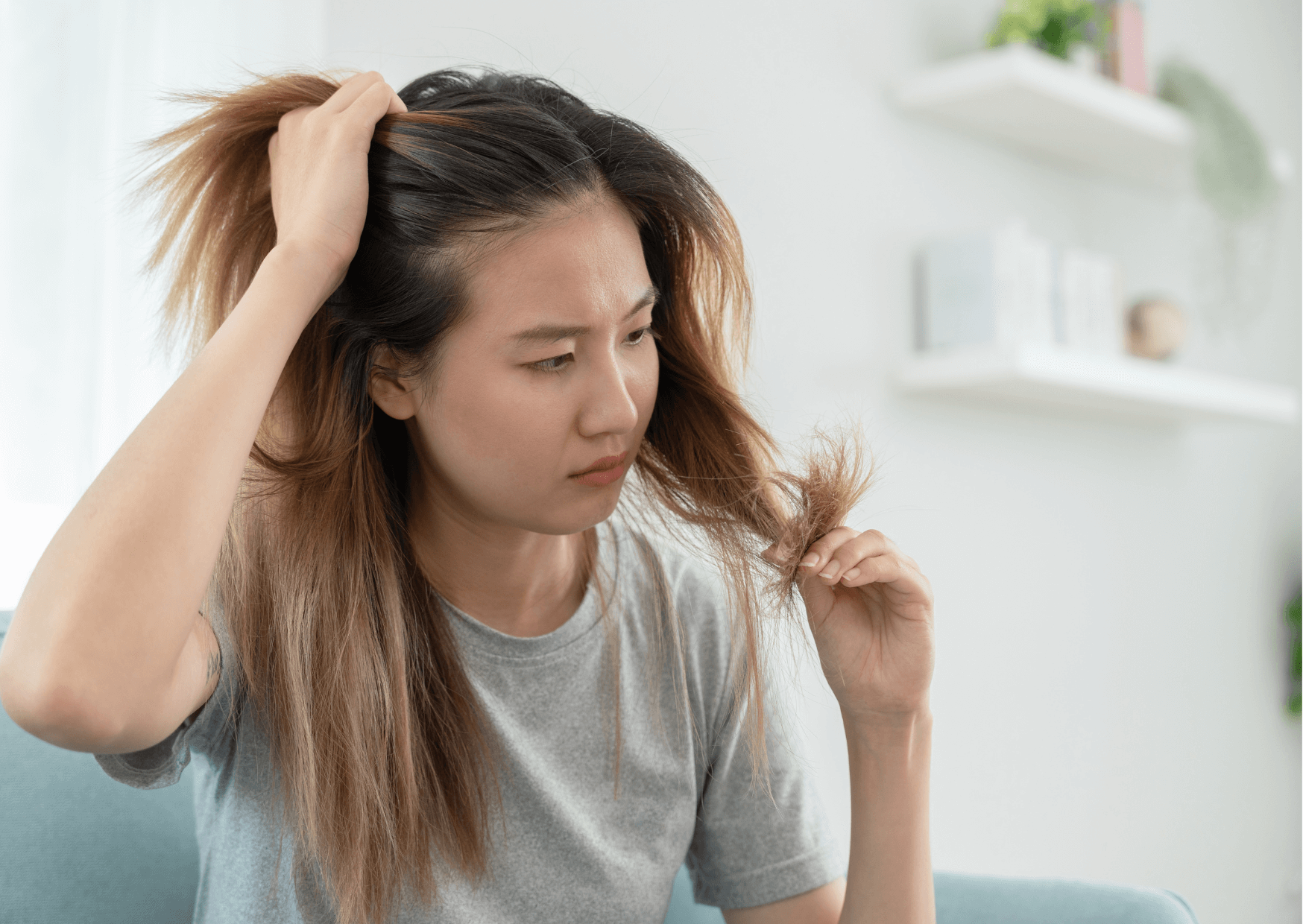What is Female Pattern Hair Loss? What are the Causes, Symptoms, and Remedy? Let's Discuss!
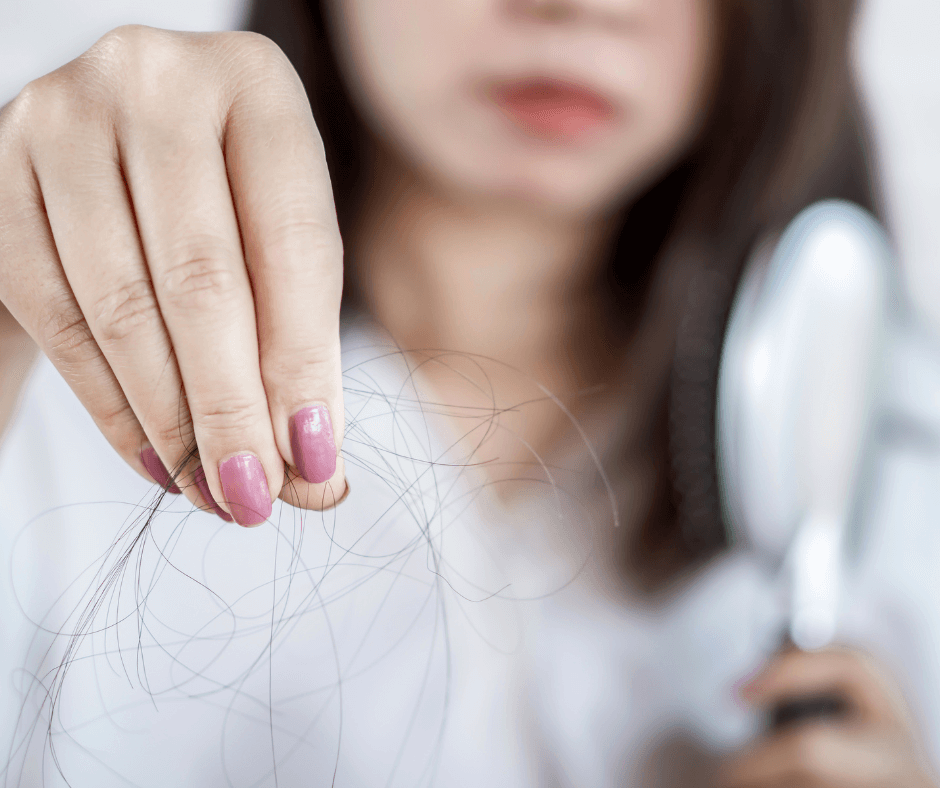
Hair loss problems can affect anyone of any age, such as child, adult, male, female, or any other gender.
However, in this blog, we want to address the Female Pattern Baldness issue because it widely affects females or a person assigned female at birth (AFAB).
So, let's talk about; "What is Female Pattern Hair Loss? What are the Causes, Symptoms, and Remedy?"
Female Pattern Baldness is also called by other names such as Female Pattern Hair Loss or Androgenic Alopecia. Male Pattern Hair Loss is similar to Female Pattern Hair Loss but affects a person assigned male at birth.
Now, let's talk about the reasons behind Female Pattern Baldness!
Many contributing factors can induce Female Pattern Baldness, such as;
Factor #1-Age
As we age, hair naturally will become thinner and grow slower. Therefore, in terms of medical science, our body's ability to repair, reproduce, maintain, and remain strong deteriorates. Thus, the chances of getting Female Pattern Hair loss increases.
It has been experienced that Female Baldness Affects about 30-40% of women or people with AFAB at some time during their lives.
In some cases, after menopause, people may feel hair-related problems such as hair thinning, change in texture and slower growth rate.
Factor #2-Genetics
Female Patten Baldness may be due to genetics or inheritance from your parents.
You are more likely to get female patent baldness if anyone in your blood relation has this problem.
So, if you find any such cases in your family tree and experience complete or severe hair fall, the reason may be genetics.
Factor #3-DHT
DHT stands for Di-Hydrogen-Testosterone, it is a type of testosterone found on skin that causes oil secretion, acne, loss of scalp hair and excess facial hair.
Proper quantity of these androgens (male hormone) help proper mature physically and a sense of well-being. Excessive DHT can cause shrinking of scalp hair follicles and hair loss. Women are at higher incidence of experiencing hormonal imbalance due to polycystic ovarian syndrome, auto-immune, thyroid, anemia, stress, extreme dieting, pregnancy, and menopausal issues. Thus causing female hair loss.

Now, let's talk about some of the symptoms of this problem.
You may notice hair thinning and frequent hair loss around the center part of the scalp. Later, you may further notice the widening of your center part. It can lead to gradual hair thinning and loss on either side of the scalp.
Initially, hair loss appears near the center part of your scalp. In the middle and advanced stages of this problem, you may lose hair loss on the front and either side of the scalp.
Female Pattern Baldness is a painless problem and doesn't hurt physically. Hence, it is sometimes hard to find whether your hair fall problem is due to Female Pattern Baldness or some other cause.
People after Menopause should be more cautious if they notice unnatural hair fall because many start to see hair loss problems after this stage.
Stages of Female Pattern Baldness
Experts indicate that there are 4 to 5 stages of this problem that may vary from person to person.
However, for better understanding, we have discussed five stages as follows;
#1- When you notice little with no particular characteristics of this problem
#2- You may see a slight gap on your center hair part
#3- This gap widens, and you may also observe continuous hair loss on either side of your part-line
#4- Appearance of Bald Spots on the front of your hairline
#5- Advanced level of hair loss in patches and circles
Reverse Female Pattern Baldness!
It is vital to learn that the earlier you address the issue the more likely you can regrow your hair without treatment if you also suffer from Female Pattern Baldness.
Here, you need to understand that female pattern baldness is more complex. Therefore, if you notice an unusual hair fall, consult your hair expert or doctor or visit your nearby healthcare center before it is too late.
Hormonal imbalance can cause elevation of testosterone. With rise in male hormone, our scalp will convert testosterone into DHT. DHT causes miniaturization of our hair follicles. Once hair follicles start to shrink, hair gets thinner and shorter. And, with time, those hairs stop growing and fall off.
After treatable medical conditions have been ruled out or addressed by your physician, one can consider using supplement to address the issues. Such supplement should contain high level of natural anti-oxidants to protect hair from environmental and emotional stress. Natural anti-inflammatory such as omega 3 oils in sacha inchi and lilac extract to reduce autoimmune effects on the
hair follicles. Peptides to increase energy production and metabolism of hair follicles slowed down by aging. Natural plant ingredients to block DHT to combat hair loss.
When combined together in a system of supplements and topical regimens, one can reverse female hairloss in an optimal fashion.
While female pattern baldness does not directly affect a person's physical health, it can be a symptom of underlying issues. If you suffer from female hair loss related stress, anxiety, or depression, you should consult with your doctors to determine proper treatment and solution.
Take Away
You can treat Female Pattern Baldness with proper and expert-recommended treatment. Outcome is better when addressed early.
It can affect any person of any age who is female or assigned female at birth (AFAB).
However, it would help if you also learned that hair loss and other hair-related problems, such as female pattern baldness, can most affect a person in their 20s and 30s.
Be vigilant when it comes to your health. If you notice sudden, excess, or unusual hair fall, take it seriously. Please consult your doctor or hair care expert and have the right solution.

